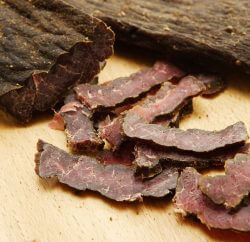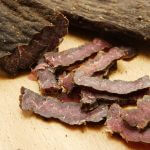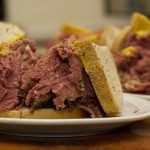Whether or not you agree that breakfast is the most important meal of the day, you can’t deny that some of the most delicious dishes you could ever eat are made particularly for the morning repast. Sure, Ben & Florentine franchises breakfasts are a tasty way to start the day but if you do get a decent amount of protein and carbohydrates—with a healthy dose of nutrients—you might just feel like you are getting your day off on the right foot.
EGGS BENEDICT
Take the eggs benedict, for example. The dish might have become popular in New York City as one of the most-often ordered breakfast and, especially, brunch items, but it wouldn’t be possible without a French hollandaise sauce. While not everyone agrees on the dishes origins, most would likely agree that it is one of the more savory ways to approach the morning hours. 
Traditionally, an eggs benedict consists of just a toasted English muffin topped with Canadian bacon, a poached egg, and hollandaise sauce. You may have seen other “versions” of this classic dish, which makes them inauthentic but equally intriguing and often just as delicious. Some, for example, might substitute bacon or ham—or even Chorizo—for the Canadian bacon while others might add spinach and tomato. A modern recipe might also call for artisan cheeses like brie or swiss or even add flavorful ingredients like sauteed mushrooms.
OMELETTE
Another egg-based breakfast staple that is popular throughout North America also has French roots; and, of course, is very popular in Canada as well. Obviously, this is the classic omelet.
However, the omelet as we know it today is more refined than its much more rustic distant cousin. According to history, the term “omelette” did not make into common vernacular until the mid-16 th century. Earlier roots of the word, however, do appear to exist—as alumelle or alumete—as far back, perhaps, as the late 14 th century.
The fundamental omelet is made by whisking whole eggs quickly with just a small amount of cream or milk—enough mixing until it bubbles—and then thinly frying the mix in a pan, folding it upon itself. Obviously, the term if French but this type of dish is quite common in many other cultures.


















